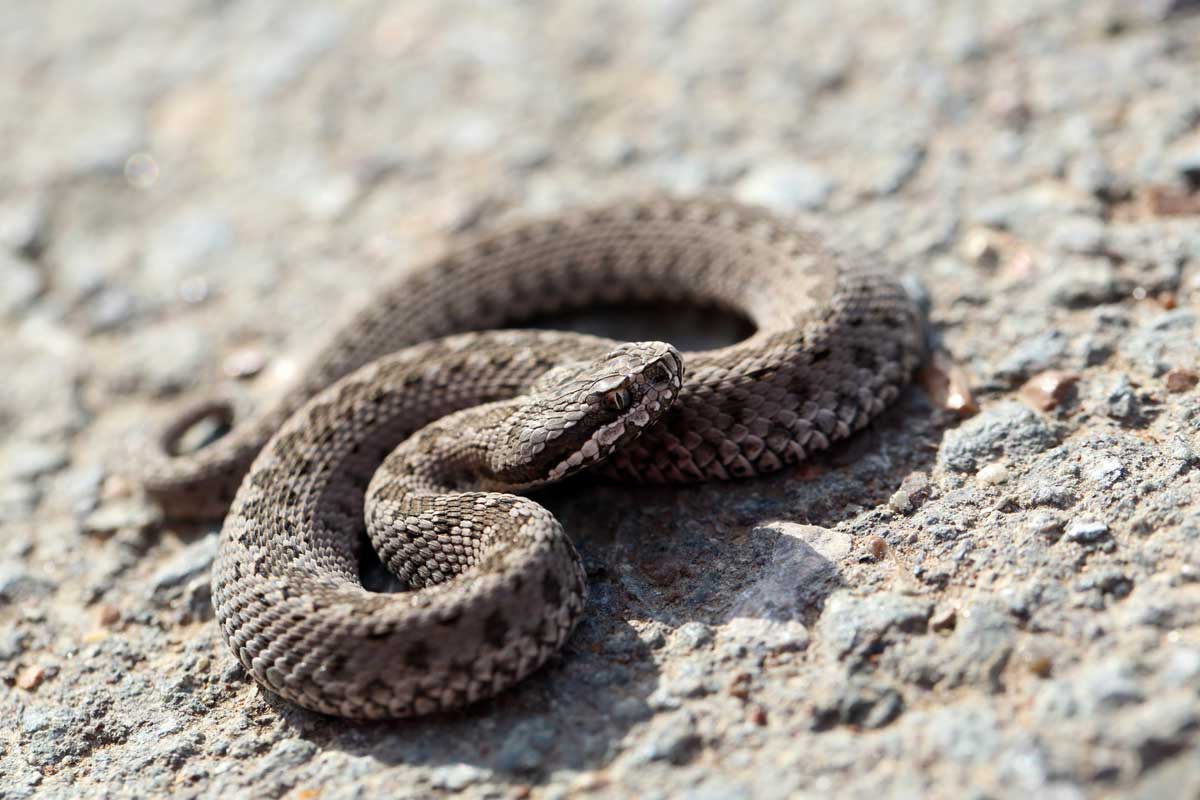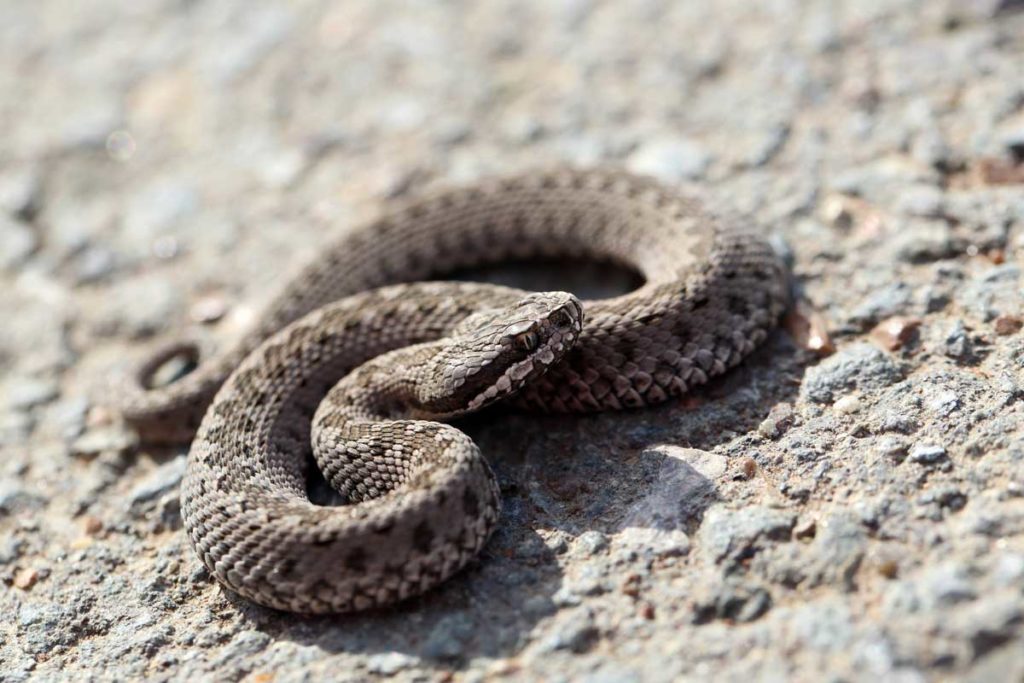Many people dread snakes – so much so that they actually avoid going outdoors to fish, hunt, hike or picnic. Others, out of a misplaced fear, will kill every snake they see. That is unfortunate because it’s fairly easy to avoid direct encounters with snakes.
Snakes are reptiles and, like their relatives, lizards and crocodiles, are covered with scales, are legless, cold-blooded, can swim and have been around for millions of years. All snakes eat other animals, while some snakes even eat other snakes. But snakes, even venomous ones, are important to the environment and help to control populations of rodents and other pests.
Snakebites Are Rare
As an outdoor enthusiast, it’s really only a matter of time before you will encounter a snake in the backcountry. But contrary to popular belief, snakes are not in the business of looking for people to bite. Despite their sinister reputation, snakes are more afraid of you than you are of them. Most snakes do not act aggressive toward humans without provocation. Although many harmless snakes will bite to defend themselves, usually their bite produces nothing more than simple scratches.
Venomous Snakes
 Only about 400 of 3,000 snake species worldwide are venomous. These venomous snakes are most prevalent in temperate and tropical climates, with April-October being peak snakebite season. About 25 species of poisonous snakes are found in North America.
Only about 400 of 3,000 snake species worldwide are venomous. These venomous snakes are most prevalent in temperate and tropical climates, with April-October being peak snakebite season. About 25 species of poisonous snakes are found in North America.
The Risks of Dying From A Snakebite
The chances of dying from a venomous snakebite in the United States is nearly zero because of the high-quality medical care in the U.S. Fewer than one in 37,500 people are bitten by venomous snakes in the U.S. each year (7-8,000 bites per year), and only one in 50 million people will die from snakebite.
In North America, approximately 10 to 15 people die per year as the result of a venomous snake bite. The risk of dying from a venomous bite increases when multiple bites are involved and when the bite occurs in the very young, old or in persons with underlying respiratory or cardiovascular problems.
Compare this with the 11,000 reported deaths that occur in South Asia each year, accounting for more than half of estimated snakebite deaths worldwide. Poor, rural areas that lack appropriate medical care and the correct antivenom contribute to this high number of snakebite fatalities.
Who Gets Bitten By Snakes?
In the United States, a significant number of people who are bitten are the ones who handle or attack snakes. The majority of poisonous snakes in the U.S. are pit vipers. Rattlesnakes, copperheads and cottonmouth (water moccasin) snakes are in this family, known as Crotalidae. Typically, pit viper victims tend to be young males, 11 to 19 years old, who are bitten on the hand while trying to pick up the snake. People attempting to take a “selfie” with the snake are at high risk of being bitten. Alcohol has also been shown to be a common factor in these incidents.
For Venomous Bites: Antivenom is the only proven therapy for snakebite but only when it is specific for the snake involved.
DO NOT try to kill or capture the snake for identification purposes.
Dead snakes, even several hours later, can reflexively bite injecting venom causing either a second bite or biting another member of the group. Use your smartphone to get a picture of the snake instead.
Follow Up
As with any deep puncture to the skin, infection is a concern. The wound should be irrigated and cleaned at a hospital emergency department or emergency health clinic. The person who is bitten by a snake may need a tetanus shot. Tetanus boosters should be given every 10 years.
Take Global Rescue With You
Wherever you travel, Global Rescue encourages you to study your destination and research the native flora and fauna that might be harmful. Be prepared and expect the unexpected. And if you travel to a remote area, take a Sat phone with you.


